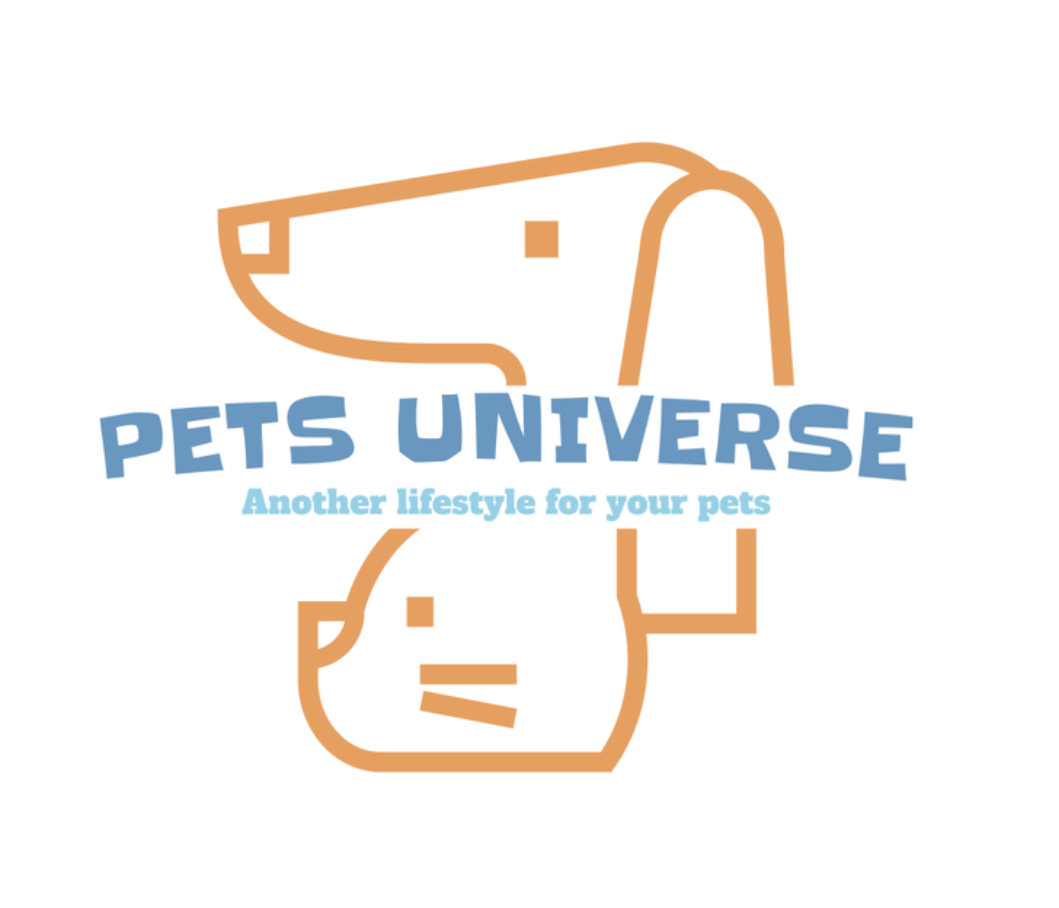Many diets we feed our dogs are called “life-stage” diets. These have been designed to meet the nutritional needs of a pet for their age and activity level: as a puppy or kitten grows through adolescence to adulthood, and then into their senior years, their nutritional requirements change and they will benefit from being fed a food appropriate to their life stage.
To remain healthy and with enough energy for daily activities, it’s important to give your pet the right amount of nutritionally balanced food for their size and lifestyle. Start by looking at the packaging to determine the recommended amount for your pet. The amount is usually based on your pet’s weight and is generally given in grams per day for dry food, or pouches/tins per day for wet food.
Treats can be used as rewards during training and are a great way to show your pet you love them. However, too many edible treats can unbalance your pet’s diet and can supply unwanted calories. Ideally, use treats as part of your pet’s daily food allowance. Most commercially prepared pet treats to have feeding recommendations on the packaging, but if you’re using homemade food rewards, such as tiny pieces of cheese or cooked meat, be sensible with the amount you give and keep a close eye on your pet’s waistline.


